
My lifestyle >> fiber optic color code
Fiber color code is a standard for quickly identifying fibers, cables, and connectors. The Telecommunications Industry Association (TIA) especially launched the TIA-598 standard. This standard addresses the manufacturer's fiber color codes to follow and reference. We can divide color code into three categories for the different segments.
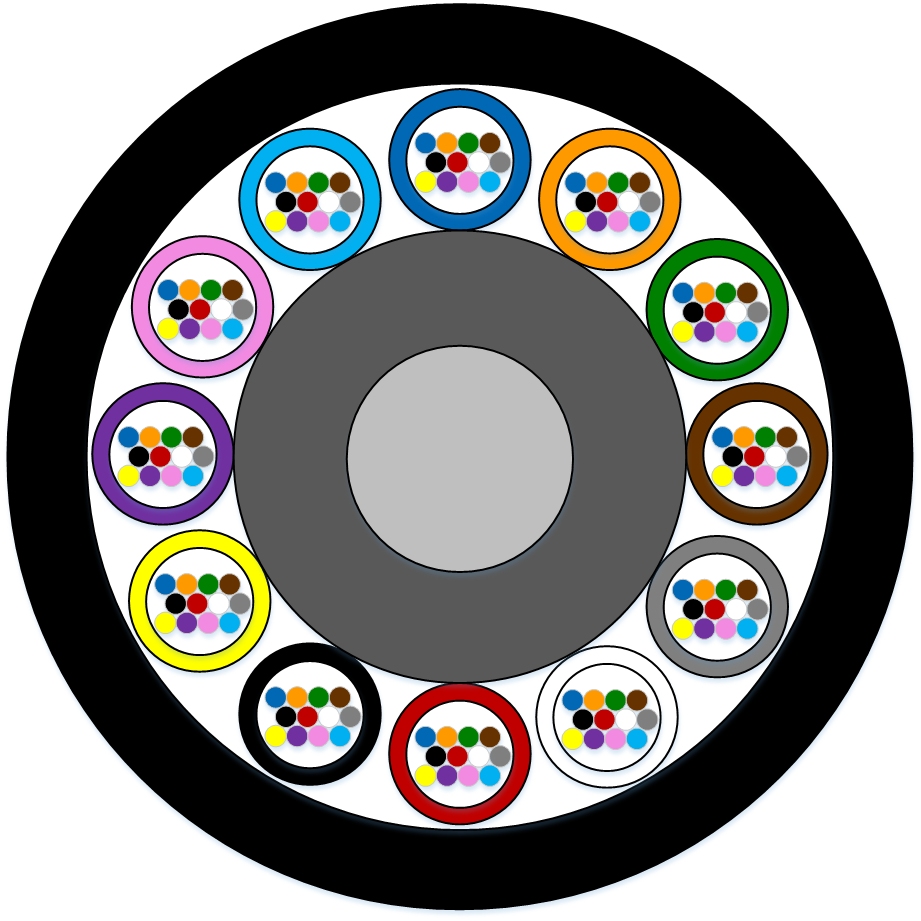
Standard Fiber Optic Colour Codes Nine Micron Inc
EIA/TIA-598 is the standard fiber color code used in the United States, and the most recognized system worldwide. The method uses a combination of two different colors to identify each fiber. For example, the first fiber in a cable may be blue and the second fiber may be orange. Which parts of the fiber optic cable are colored?

How to Identify the Fiber Patch Cord Color Code? Fiber Optic Social Network
According to TIA-598, inner fibers are color coded in a group of 12 fibers and they are counted in a clockwise direction. For cables that consist of multiple buffer tubes each with 12 or less strands, each tube will be numbered or colored following the same fiber color code, e.g., 1st tube is blue, 2nd is orange, etc.

Fiber Optic Cable Color Code Chart Pdf
Fiber optic color standard is crucial to anyone who works manipulating thousands of cables at day or doing a major installation.. For cables that have over 12 strands, the color code runs from 1 through 12 then repeats itself, identifying each 12-strand group in some other unique way such as adding a stripe to the second group (if it is a 24.
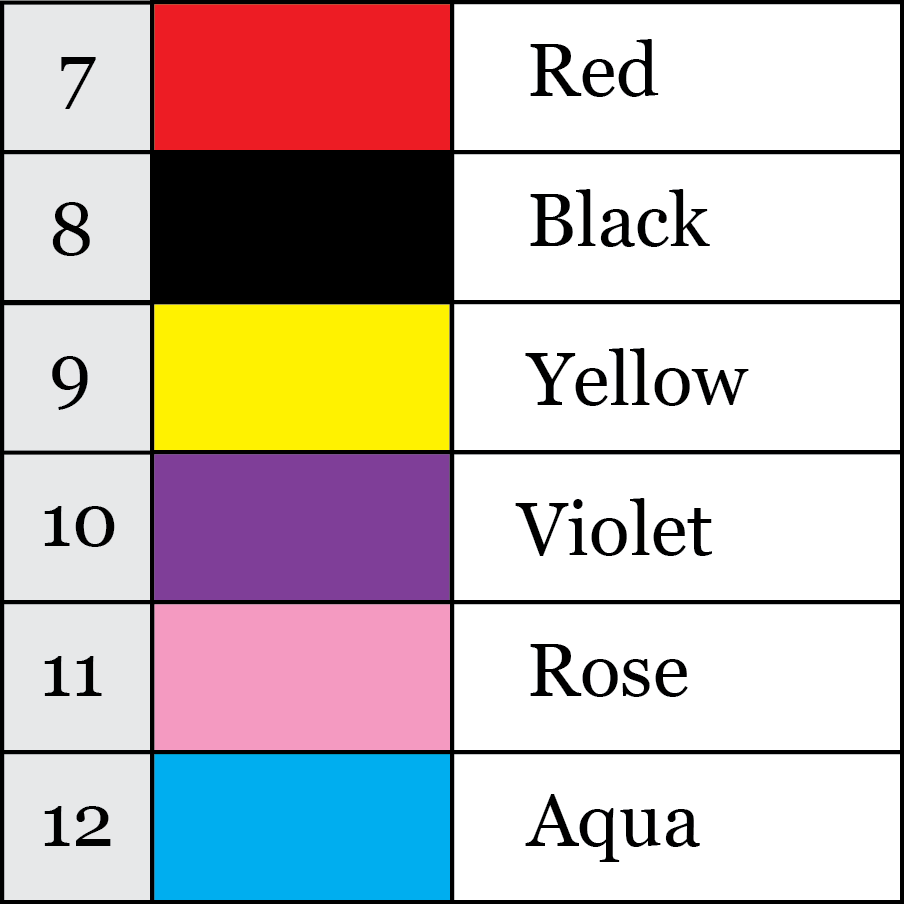
Standard Fiber Optic Colour Codes Nine Micron Inc
Fiber optic cable color code is a system that helps us distinguish fiber types visually from the colored fiber jacket, fiber connector, fiber boot, etc. The optical fiber color coding is also practical for fiber optic engineers during splicing, because the colorful fibers also help ensure the continuity of color codes throughout a cable run.

Fiber optic color standard Yellow, aqua, or orange? The meaning...
1.1 What is Fiber Color Code and its Importance? 1.2 Fiber optic color codes: What are they, and why are they important? 1.3 Why is it necessary to identify the fiber optic cable? 1.4 Guide to fiber optic cable color code 1.5 Single-mode Fiber Color Code: 1.6 Multimode Fiber Color Code: 1.7 Benefits of the fiber optic color code system

fiber optic color code standard Jolyn Lange
Fiber Optic Cable Color Identifications A fiber optic cable is made up of four components: the core, cladding, a Kevlar® yarn as the strength member, and a PVC jacket. The core can be comprised of one of two common glass types, multimode fiber optic cable and singlemode fiber optic cable.

How to remember color coding easily Fiber Color Code Chart Cable Splicer Tech 12F 6F 4F
Here are some common color codes and their meanings: Orange: Typically used for multimode fibers, especially those designed for data communication applications. Yellow: Commonly indicates single-mode fibers, suitable for long-distance transmission and telecommunications.
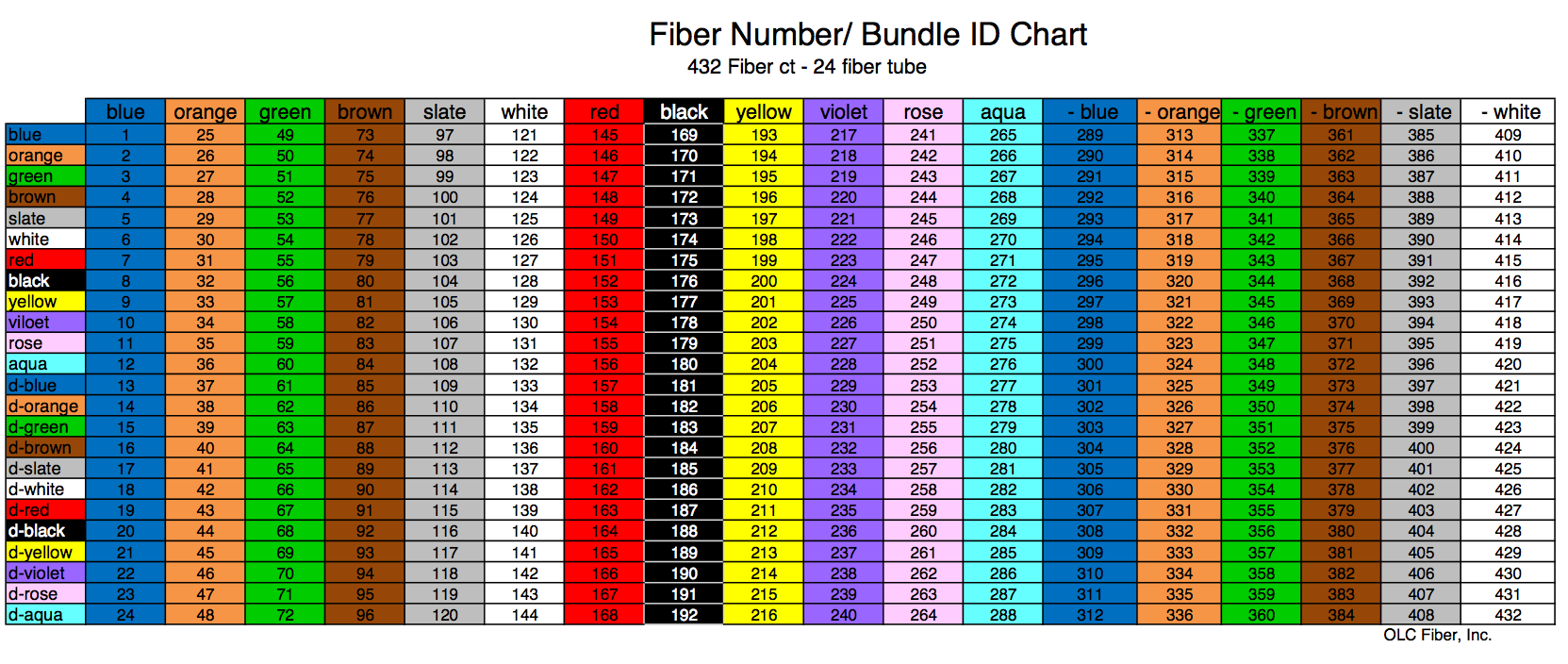
Fiber Optic Color Code Chart For 144 and 288 Count Cables Fiber Optic Splicing Services
Fiber optics depends on color codes to identify components and ensure correct connections when splicing or connecting fibers to other fibers or communication.
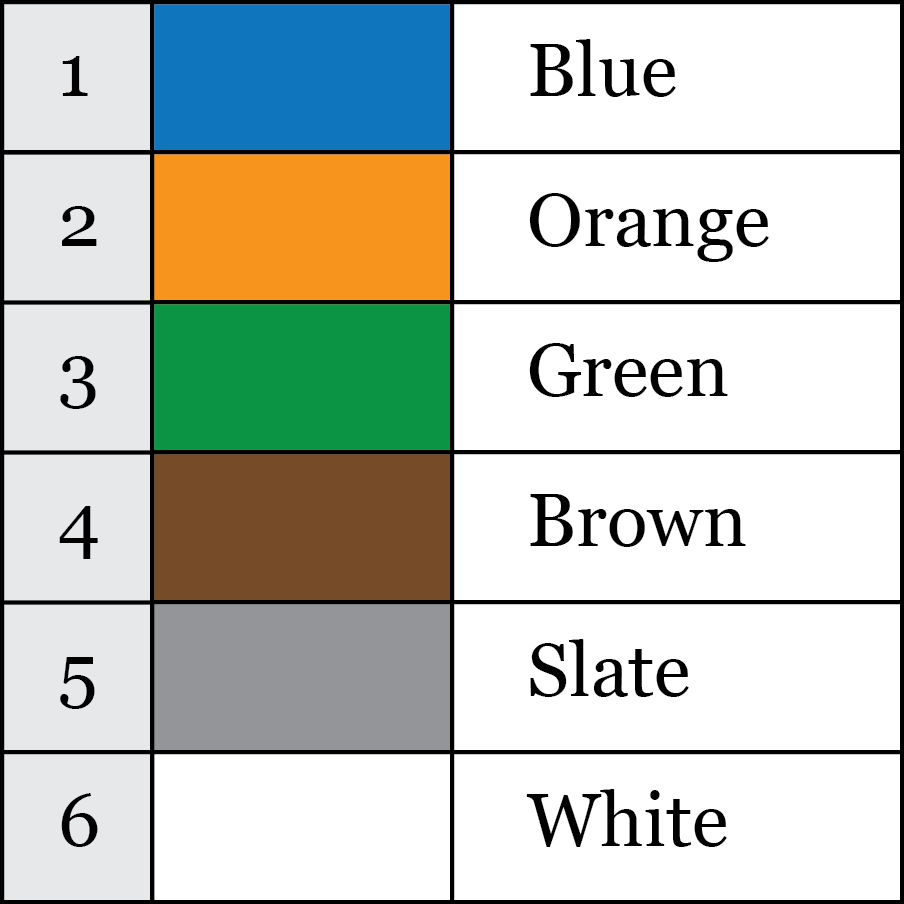
Standard Fiber Optic Colour Codes Nine Micron Inc
The color code for fiber optic cables is regulated by the TIA-598 standard. This color coding is important for identifying individual fibers within a multi-fiber cable and for maintaining consistency in fiber optic networks. The standard color coding for fiber optics in a 12-fiber cable, which is quite common, is as follows: Blue Orange Green.

Cable Color Code Fiber optic connectors, Color coding, Fibre optics
What is the color code for fiber optic cable? Coloured external prints or jackets can be used at the external part of the cables like patch cords, distribution cables, and so on. With the EIA/TIA-598 system of classification, the color code for the fiber is used to identify the various jacket color codes.
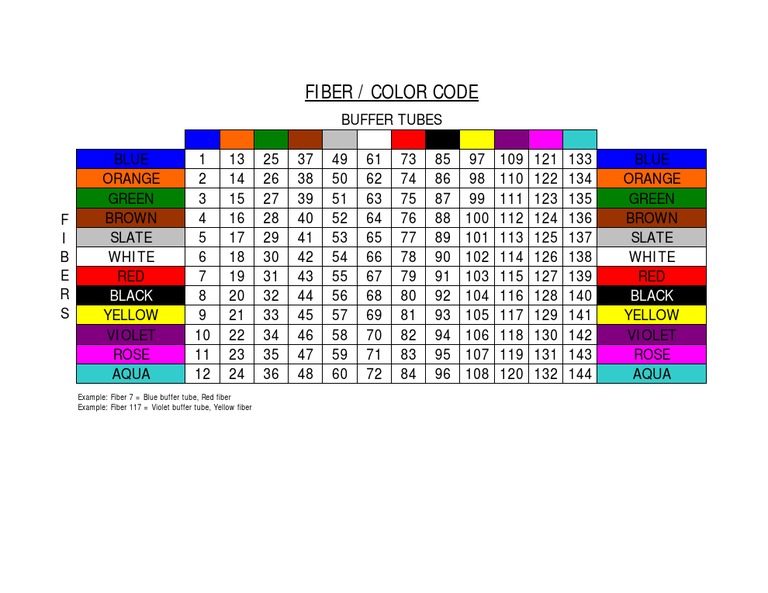
Fiber Optic Color Chart
1. Repeated black fiber-20 will be transparent (opaque) with black tracer For Corning Optical Communications' MiniXtend® HD Cable with 24 fibers per buffer tube, the fiber identification will follow a similar fiber color code. The first 12 fibers will be the standard color; fibers

Fiber Optic Color Codes by Fiber Type Fiber optic
There is a color code standard in TIA, TIA-598 that addresses fiber optic color codes, which most manufacturers adopt and reference, although there are many exceptions based on customer requirements or preferences. Here is what TIA-598 recommends: Cable Jacket Colors
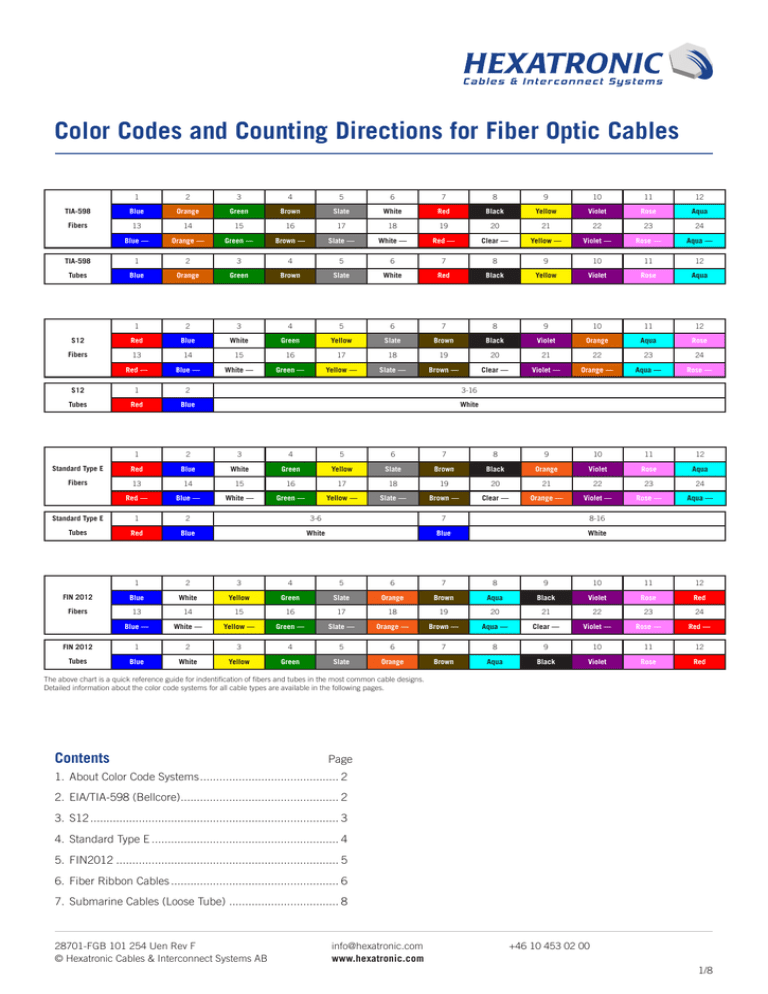
Color Codes and Counting Directions for Fiber Optic
Note the 900-micron tight buffer fibers in the distribution cable are also color-coded for identification. The yellow zip cord is single-mode and the fibers are also color-coded in blue and orange (#1 and #2). The patchcords add another color code—connectors. This helps identify the fiber types when the cable color is ambiguous.
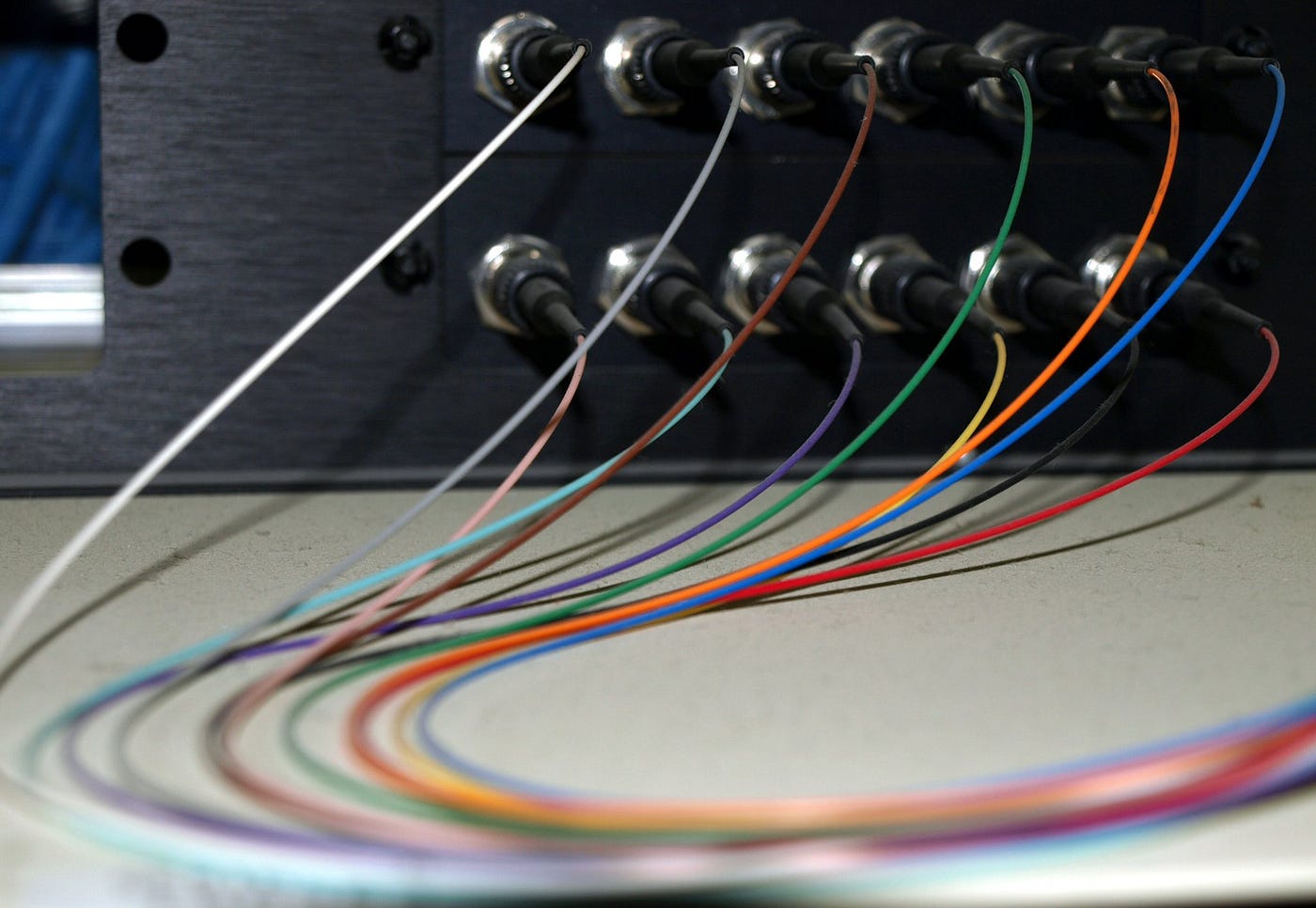
Importance of Using Fiber Color Codes in Data Center by Orenda Medium
1 2 3 4 5 6 7 8 9 10 11 12 Blue Orange Green Brown Slate White Red Black Yellow Violet Rose Aqua Fibers, Loose Tubes & Ribbons Connectors Blue Green

New FOA video on Color Codes in 2021 Color coding, Fibre optics, Fiber optic cable
Fiber Optic Color Code for Jackets (TIA-598) Fiber Specifications Fiber Class Fiber Type 1 GbE Max. Distance 850nm / 1300nm 10 GbE Max. Distance 850nm / 1300nm Bandwidth MHz-hm (OFL) 850nm / 1300nm Indoor Cable Jacket Color 62.5 µm 200/500 MHz.km OM1 275m/550m 36m/300m 200/500 50 µm